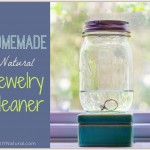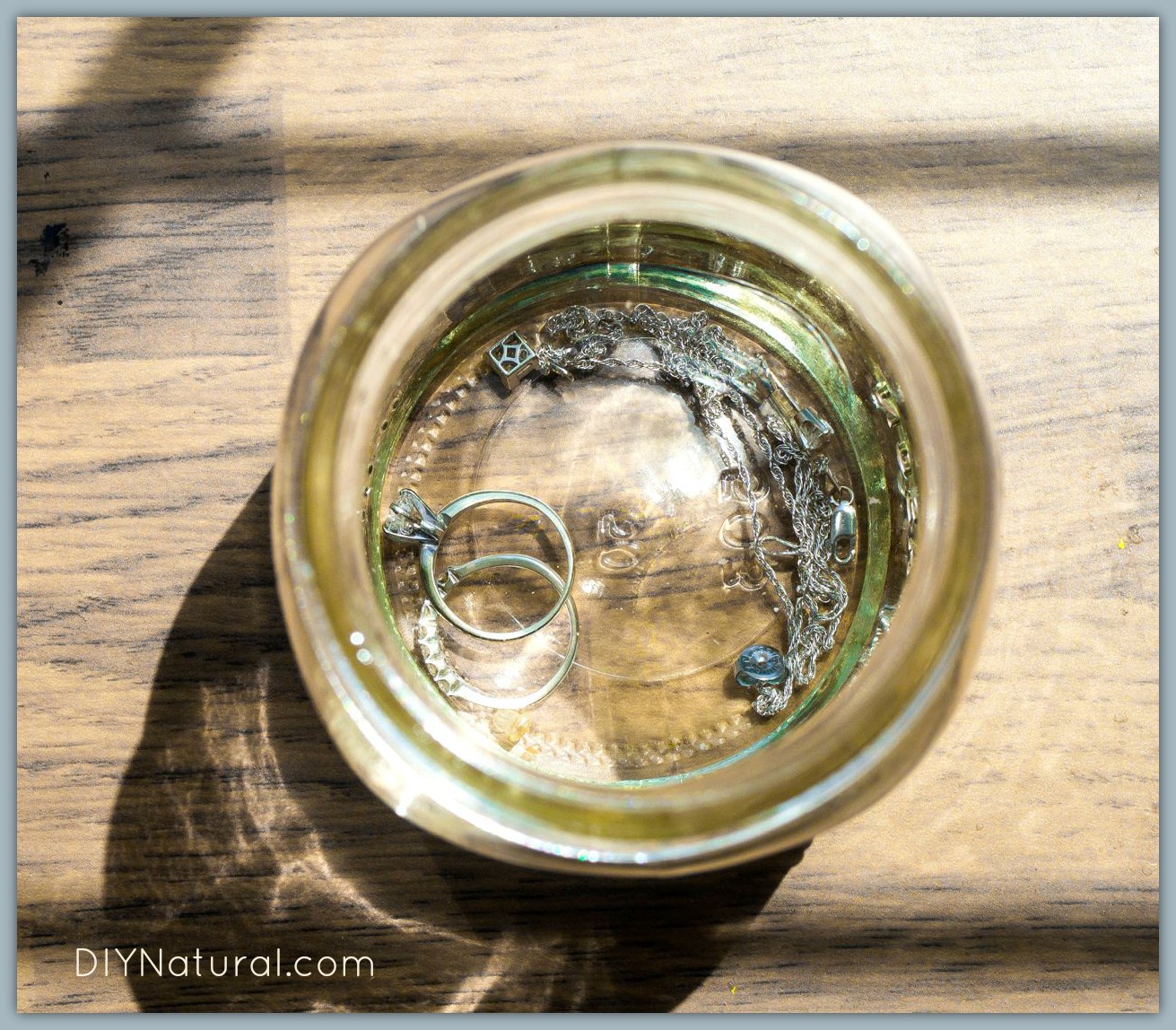Learn how to make wool dryer balls, then save time, money, and energy by tossing them in with each dryer load. They also reduce static cling!
How to Make Wool Dryer Balls
So about three years ago Matt purchased a set of felted wool dryer balls on Etsy. When he opened the package I laughed and asked why he was purchasing balls of yarn for such a ridiculous price! Then he explained the purpose of the dryer balls and asked if I would experiment with them in our laundry.
While wool dryer balls are not a new concept, I had never heard of them. Nevertheless, people have been making them for years as an eco-friendly alternative to dryer sheets and liquid fabric softeners. (Read about our homemade dryer sheets and fabric softener.) But wool dryer balls can do so much more than just eliminate chemicals from your laundry.
Benefits of Using Wool Dryer Balls
You should learn how to make wool dryer balls for all of the following reasons:
- To begin with, wool dryer balls decrease drying time, saving you money on utility bills. Which is especially helpful in the winter months!
- Commercial fabric softeners and dryer sheets are filled with harmful chemicals and perfumes that coat your clothing, eventually ending up on your skin. These chemicals can be especially harsh on sensitive skin. In contrast, there are no chemicals in wool dryer balls!
- Commercial dryer sheets are costly and you must throw them away after one use. Conversely, wool dryer balls can be re-used for years, saving you hundreds of dollars.
- Commercial fabric softeners shouldn’t be used on cloth diapers. Wool dryer balls are perfect for keeping your cloth diapers soft and chemical-free.
- Wool dryer balls won’t affect the absorbency of your towels, kitchen cloths, or cloth diapers – commercial softeners will.
- 100% wool dryer balls increase fluffiness and reduce static as dryer loads tumble.
- Dryer balls help to soften clothes naturally.
- Dryer balls are made from a renewable resource.
According to Energy.gov:
Wool or rubber dryer balls will help separate your clothes and get more air to them, cutting drying time. They can also reduce static so you don’t need dryer sheets (see #7 below). The wool balls are said to absorb some moisture, further cutting drying time. We use these at my house and have seen a noticeable difference in the time it takes our clothes to dry.[1]
How do Wool Dryer Balls work?
It’s simple. They bounce around in the dryer separating clothes, allowing more hot air to circulate through all the garments. As they tumble, the wool balls fluff your laundry, reduce wrinkles, and pummel the laundry to make it softer. They do so much more than a dryer sheet by pulling moisture out of your clothes so you don’t have to run the dryer as long. The more dryer balls you have in a load, the shorter the drying time will be.
Maybe you’re using those plastic PVC dryer balls because you don’t want the chemical scents from commercial products coating your laundry. We don’t recommend these, because plastic releases all kinds of nasty chemicals when it’s heated. Ditto for tennis balls. Wool dryer balls are a much more natural, chemical-free alternative to all the other options out there.
Don’t bother paying someone else to wind yarn into a ball for you; learning how to make wool dryer balls is simple. You can do it while watching a movie, helping kids with homework, or waiting for dinner to cook.
How to Make Wool Dryer Balls (Felted Yarn)
Choosing Your Yarn
Finding the right yarn is the most critical part of making these wool balls. Look for 100% wool yarn. Most hobby stores sell it, or you can purchase it online here.
Note: Stay away from any wool labeled “superwash” or “machine washable.” This type will NOT felt.
I have successfully used many types of wool yarn to make felted wool dryer balls, but I prefer the thick, lightly spun roving yarn (pictured in beige below). It felts much better than the Fishermen’s Wool or the other tightly spun wool yarns.
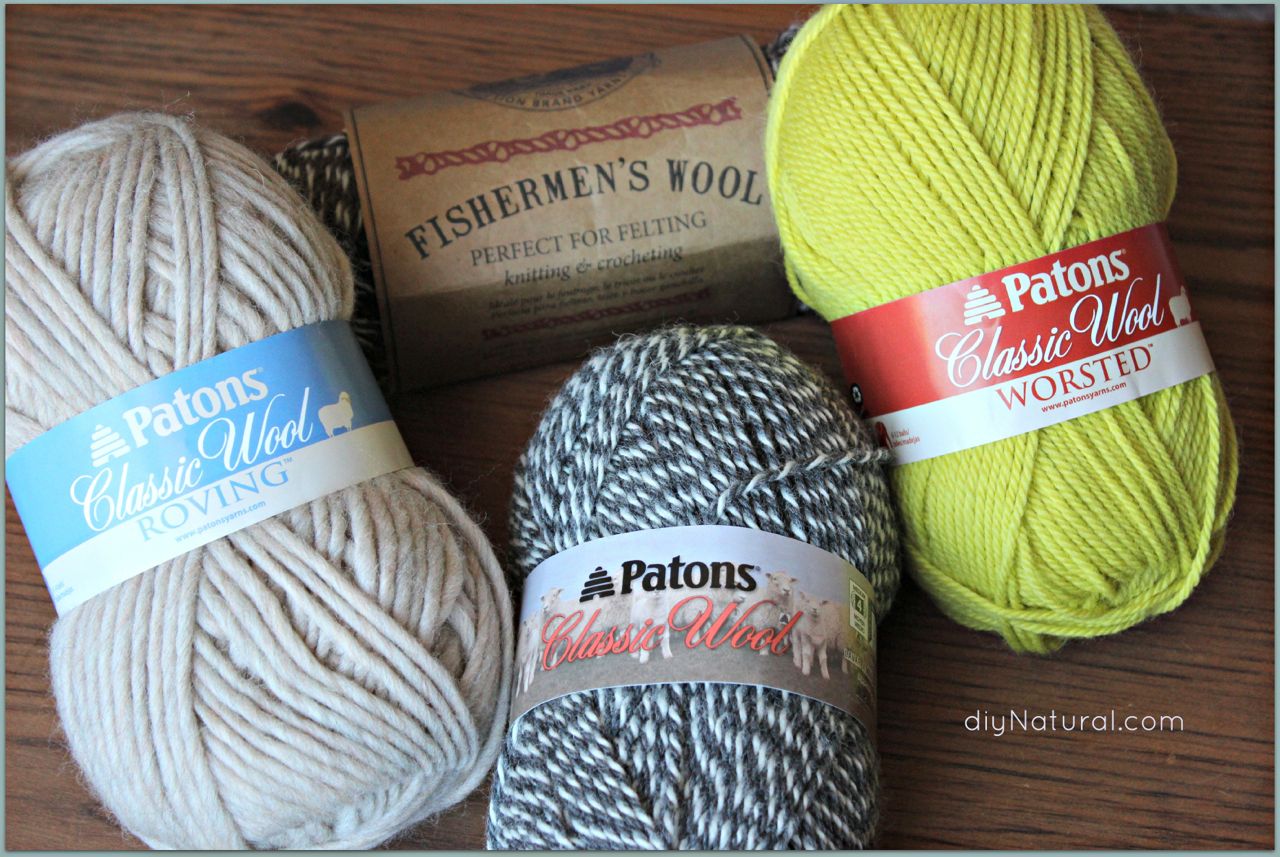
Be thrifty and “green” by unraveling an old 100% wool sweater you’re not wearing, or purchase wool sweaters at a second-hand store and use the yarn for this project (or other projects). If you use a yarn with even the slightest bit of acrylic or other blends, your balls won’t felt correct, if at all. If they are not felted, they will unravel in the dryer and you’ll have a stringy mess.
I like to use brightly colored yarn so I can easily separate the dryer balls from my clothes when coming out of the dryer. I haven’t had trouble with colors from the yarn balls bleeding onto fabrics, but you can choose lighter colors of yarn if you’re worried about this.
Supplies for Making Wool Dryer Balls
- skein of 100% wool yarn (NOT wool labeled “superwash” or “machine washable”) – find my favorite kind here
- scissors
- nylons or knee-high stockings
- blunt-tipped needle or crochet hook
- string or cotton/acrylic yarn (to secure the wool ball in the pantyhose)
Steps For Making Wool Dryer Balls
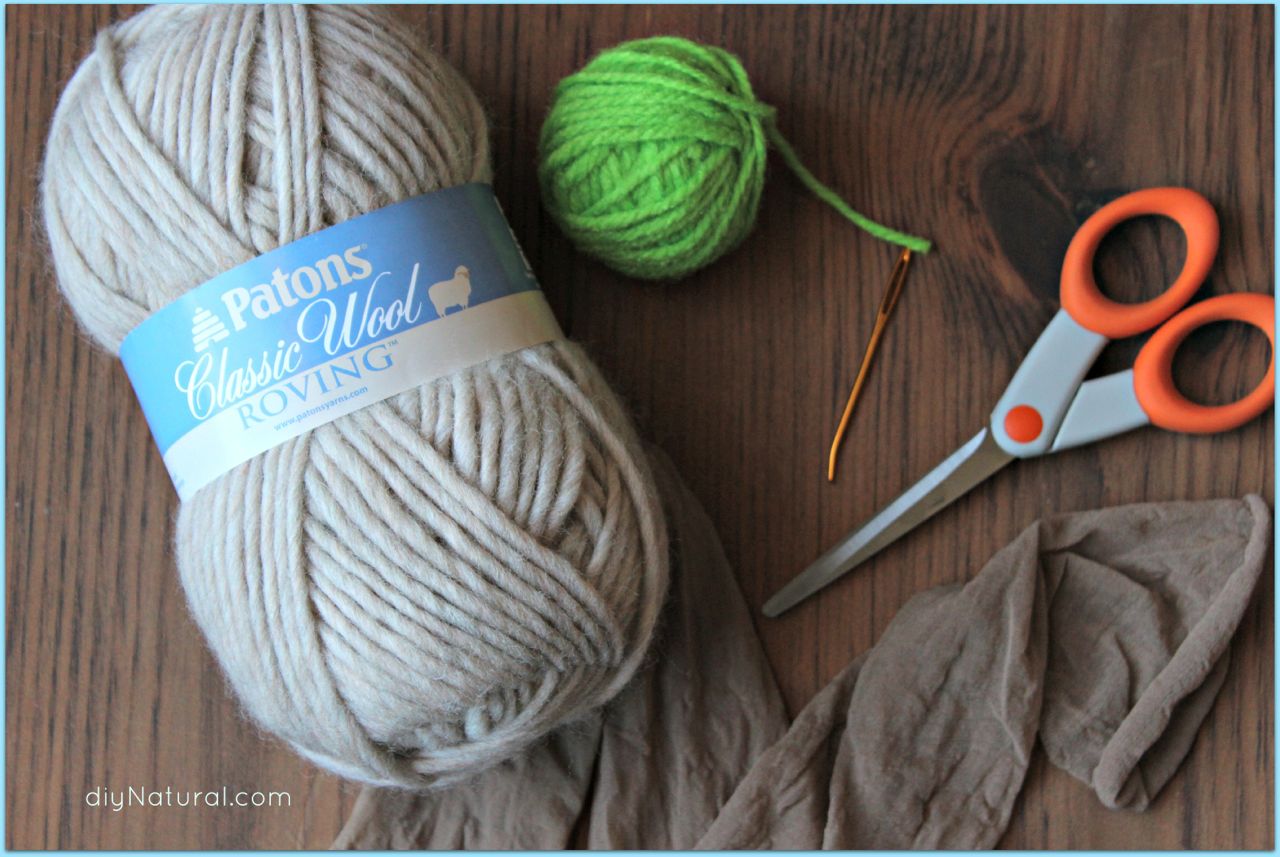
1. Begin wrapping your wool yarn around your first two fingers about 10 times.

2. Pinch the bundle of yarn in the middle and pull off your fingers. Wrap more yarn around the middle of this bundle.
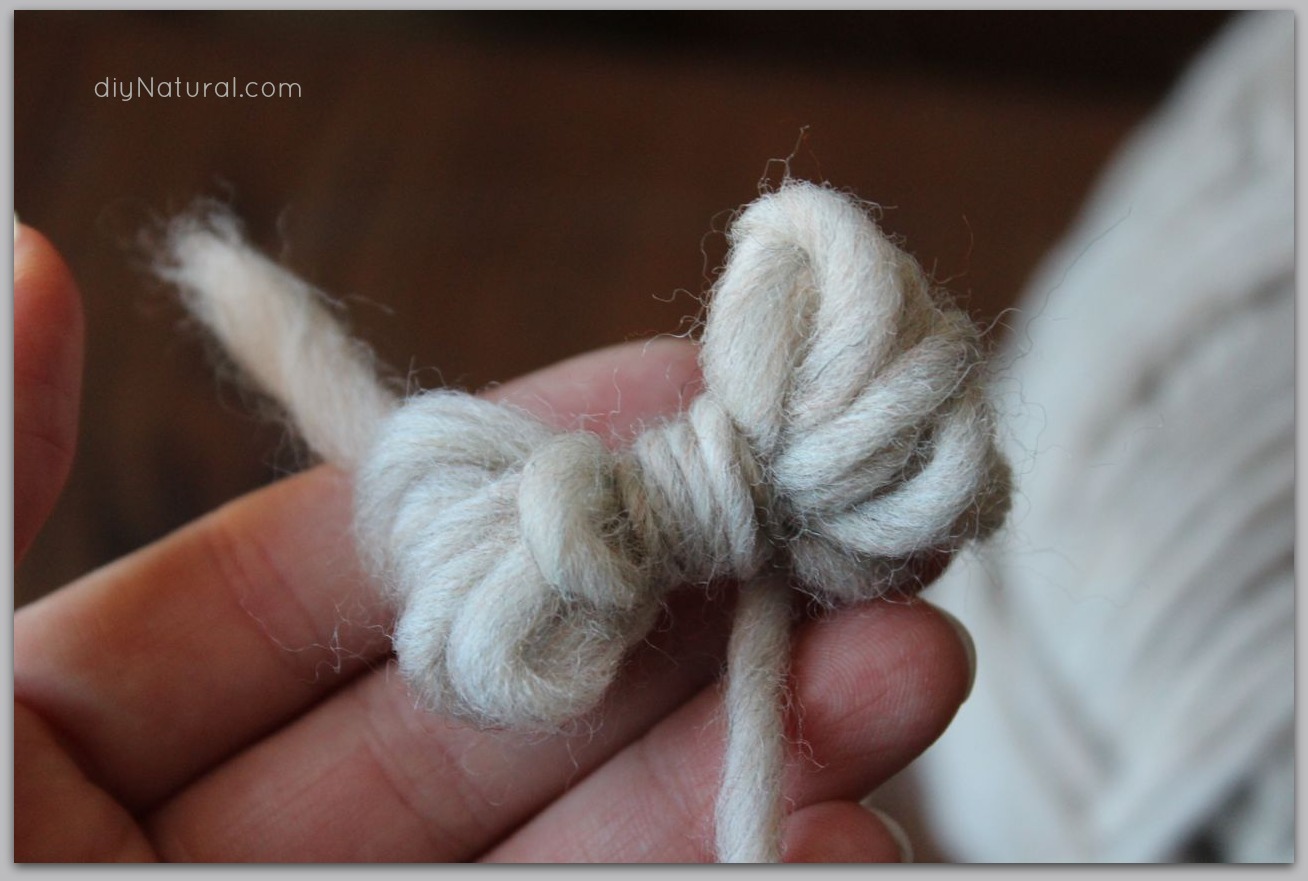
3. Wrap yarn around the entire bundle until you have the beginnings of a ball.
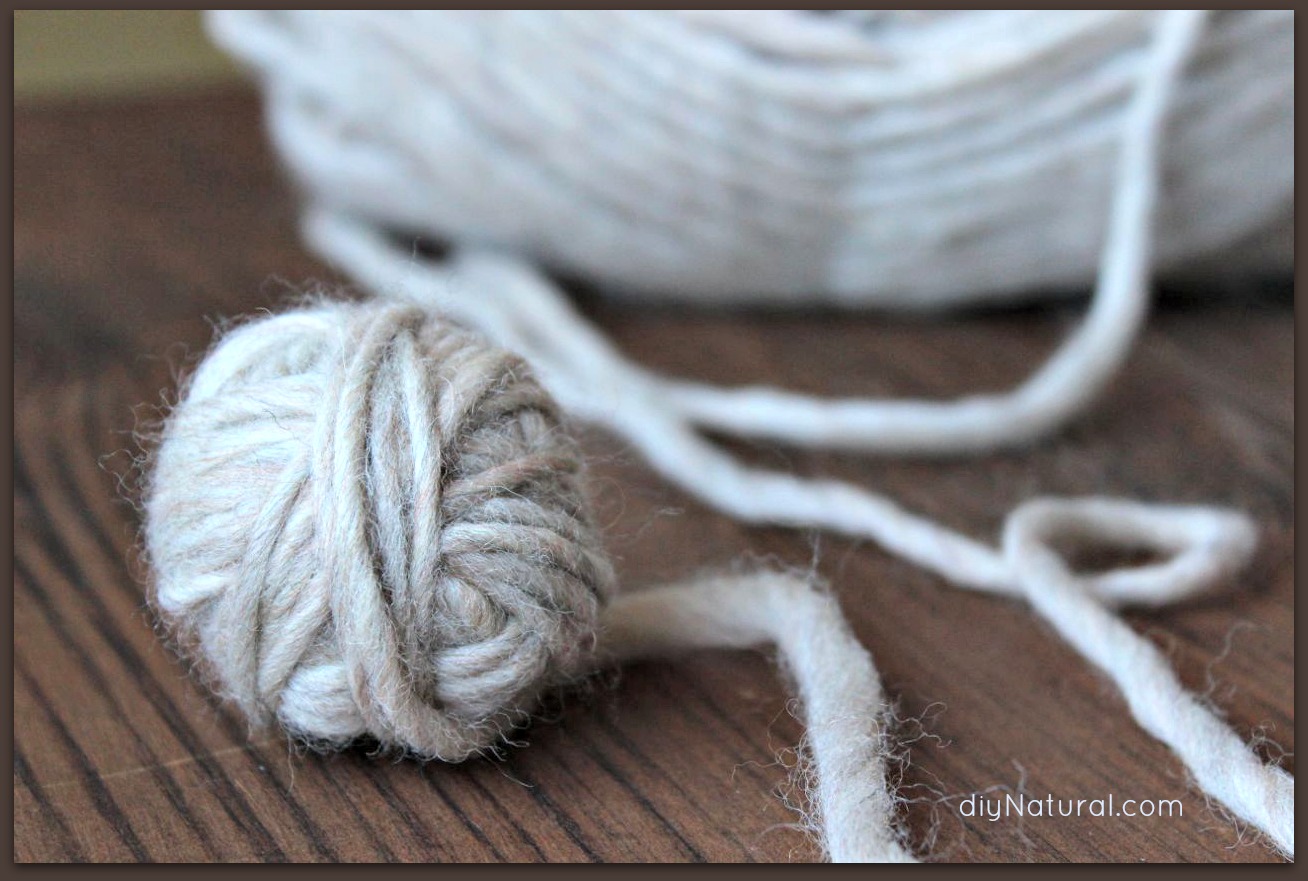
4. Continue wrapping tightly until your ball is the desired size. (I make mine softball-sized to help cut drying time more, but a tennis ball or baseball-sized will help save money on yarn. You can also fill your ball with an old, wadded-up sock or piece of fabric if you don’t want to use so much yarn.)
5. Use a blunt-tipped yarn needle or crochet hook to tuck the end of the thread under several layers of yarn. Pull it through and cut the end.
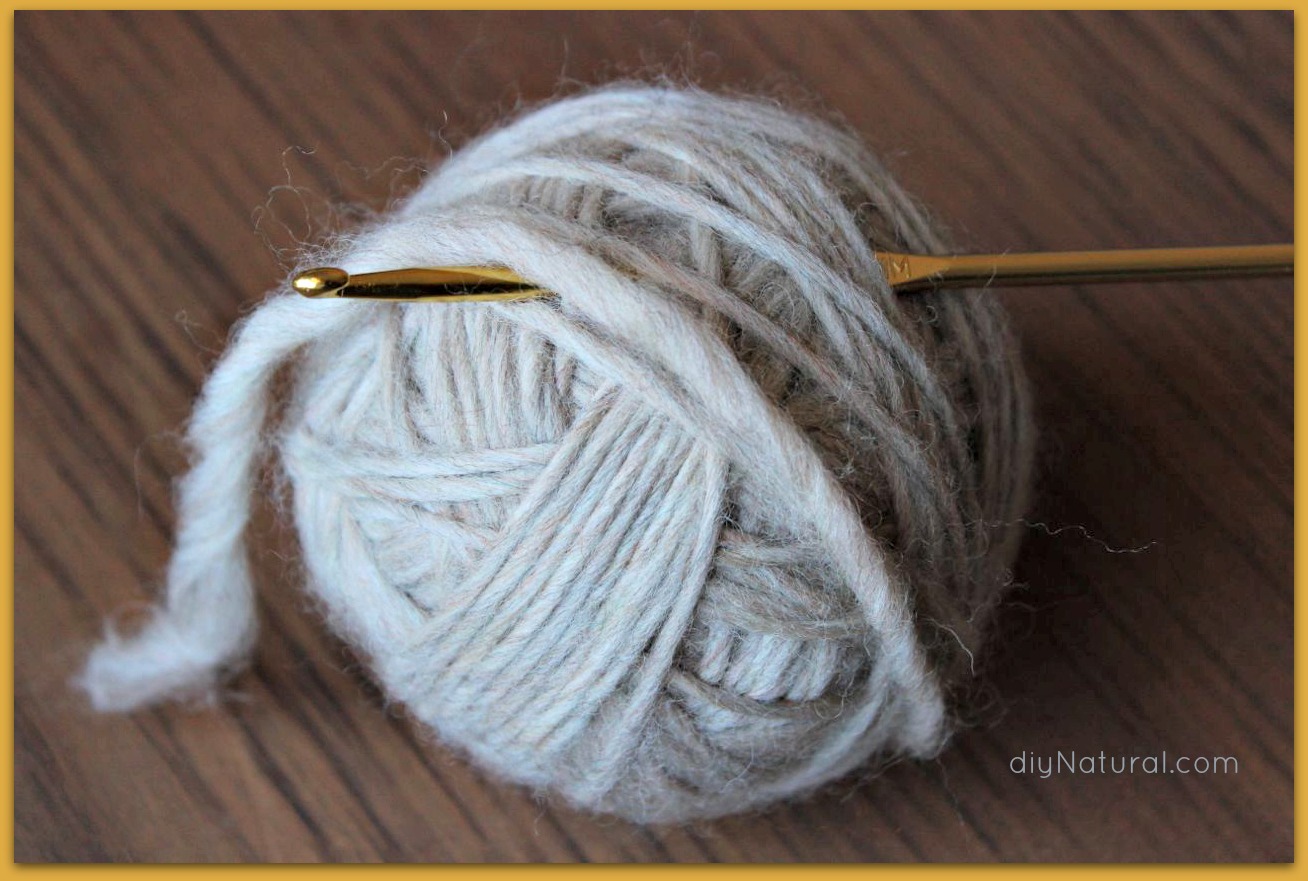
Repeat these steps with more yarn until you have 4-6 balls.
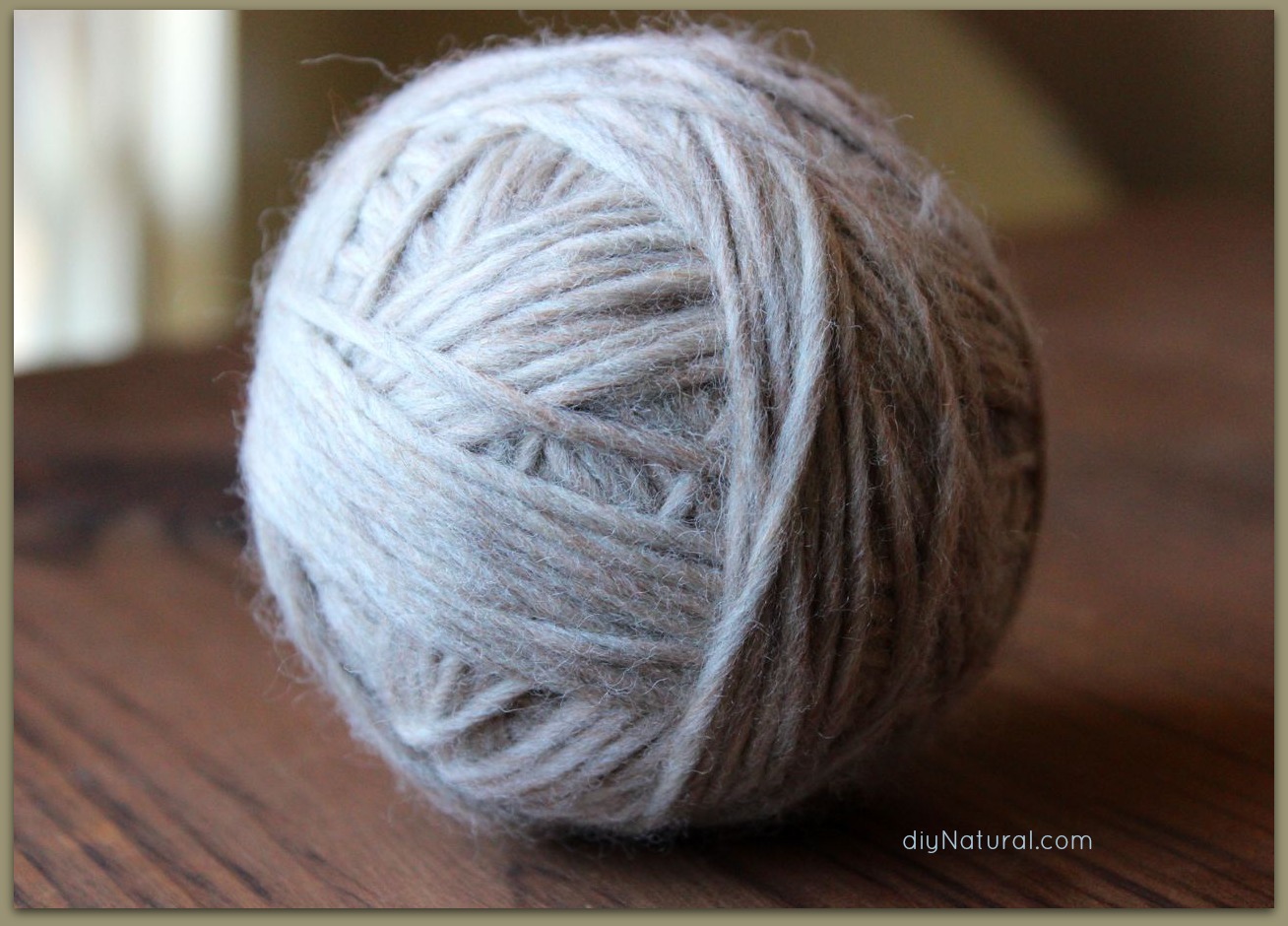
6. Cut the leg off an old pair of nylons, or use knee-high stockings. Put balls into the toe of the nylons, tying tightly in between each one with string, or cotton/acrylic yarn. (Just don’t use wool yarn or it will felt around the nylons.) Tie off the end. Take a few minutes to play with your yarn ball caterpillar if you like.
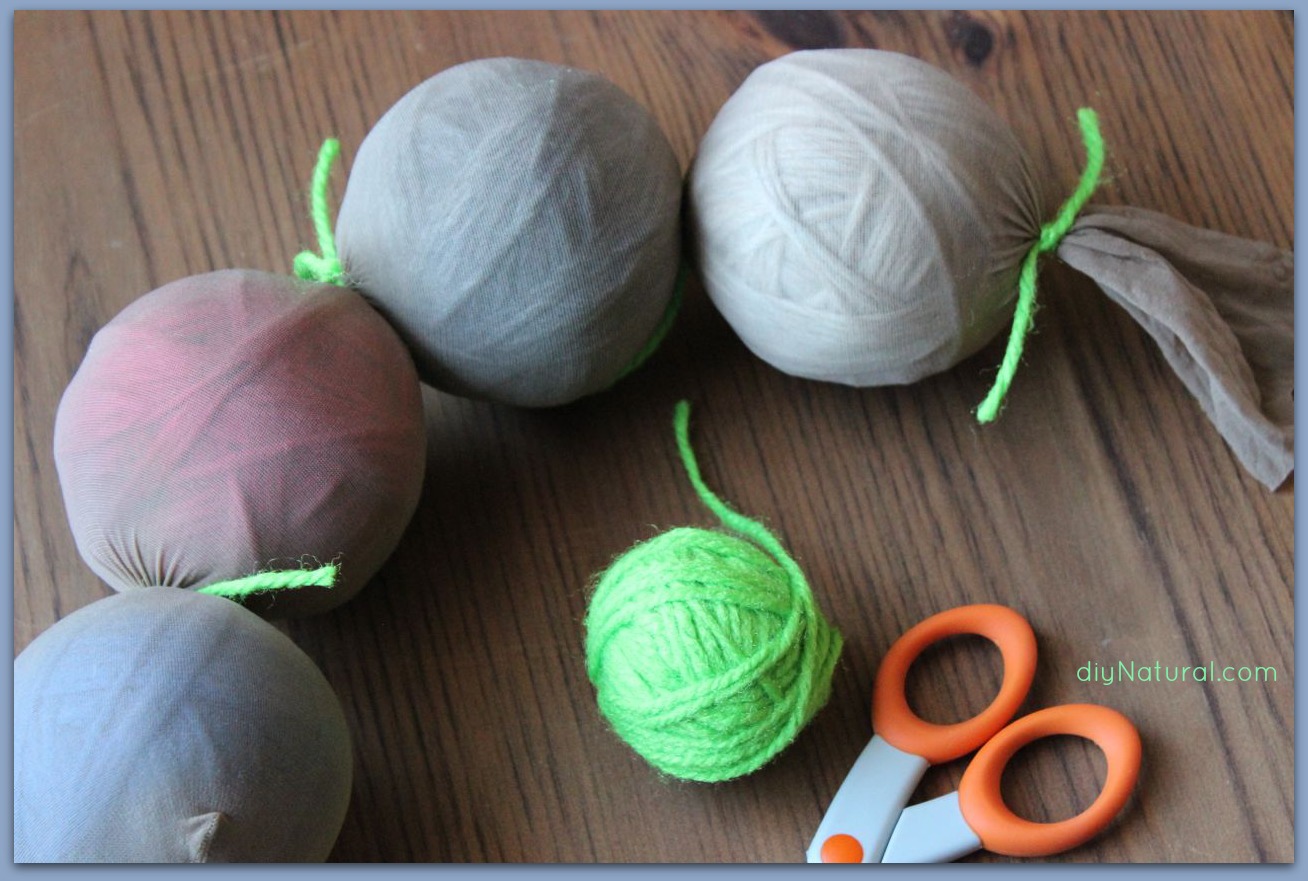
How to Felt Them
7. Throw the entire yarn caterpillar into the wash with towels (or a load of jeans if you used brightly colored yarn).

8. Wash in a hot wash cycle with a cold water rinse cycle. Dry your yarn caterpillar with your laundry using the hottest dryer setting.
Remove balls from nylons and check for felting. When learning how to make wool dryer balls you’ll see that some types of wool yarn will not felt well on the first try. You may need to repeat the washing and drying cycles up to 3 or 4 times. You’ll know felting has occurred when you can gently scrape your fingernail over the ball and strands do not separate.

Using your Wool Dryer Balls
Just throw these babies in the dryer with your freshly washed clothes, and let them do their work! For regular loads, use at least 4-6 balls to notice a decrease in drying time. For large loads, use 6 or more wool balls. The more you use, the more quickly your clothes will dry.
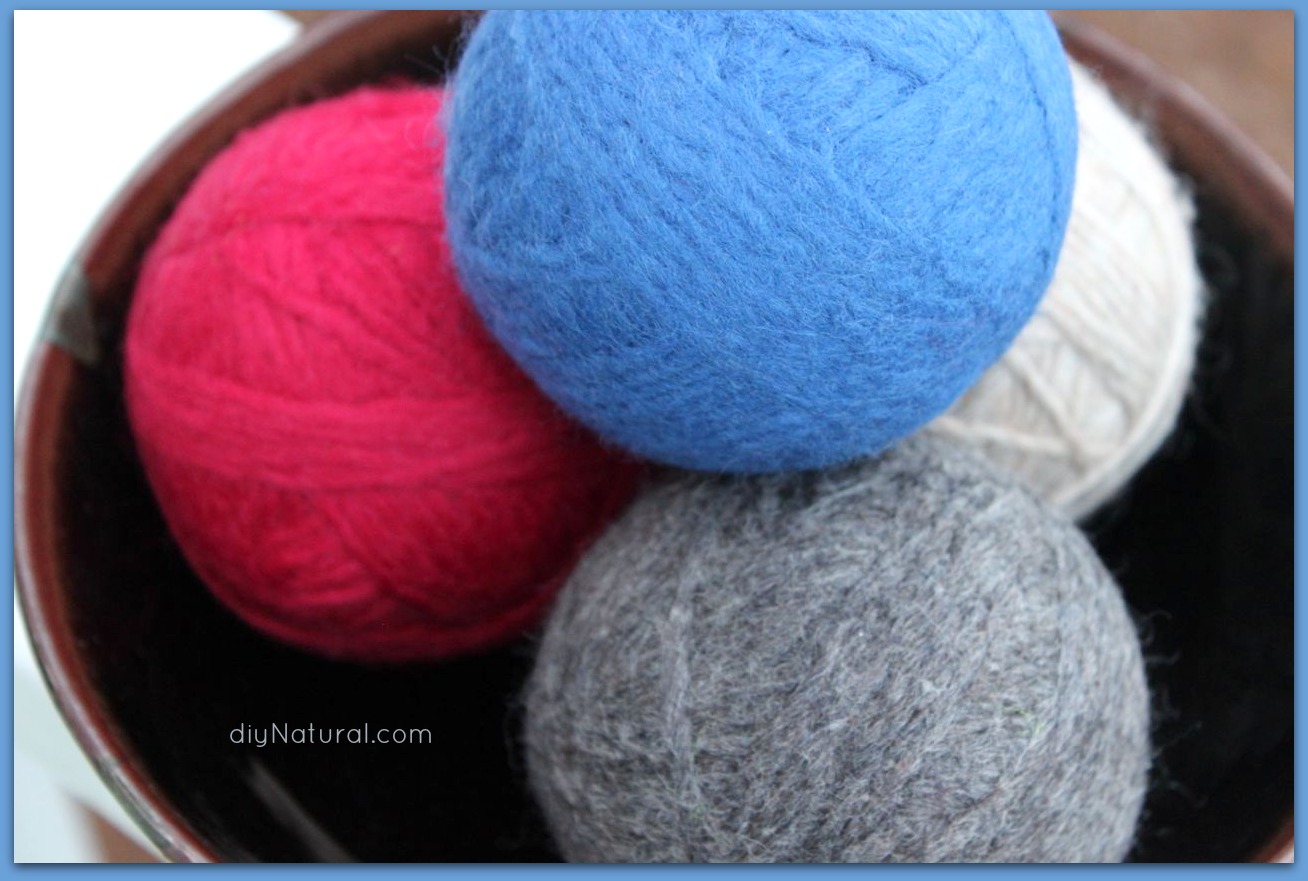
Store your dryer balls in the dryer between uses or display them in a basket in your laundry room.
If you want to lightly scent your laundry, add 1-2 drops of your favorite essential oil to each ball before throwing it in the dryer. If you’re using a good quality, pure essential oil, you will not have trouble with the oils spotting your clothes. (Find 100% pure essential oils here.) Just be sure to use a clear essential oil.
Love the idea, but don’t want to learn how to make wool dryer balls?
Find 100% wool dryer balls here, already made for you! (We recommend purchasing 2 packs.)
Do you know how to make wool dryer balls? Are you using them in your laundry? Share any experience you have with the community!
*******
Sources
- Dennis Schroeder. 16 Ways to Save Money in the Laundry Room. February 14, 2018. Energy.gov
Learn to Make Homemade Felted Wool Dryer Balls was written by Betsy Jabs.
* This article was originally published here

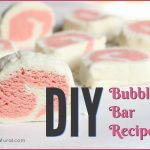
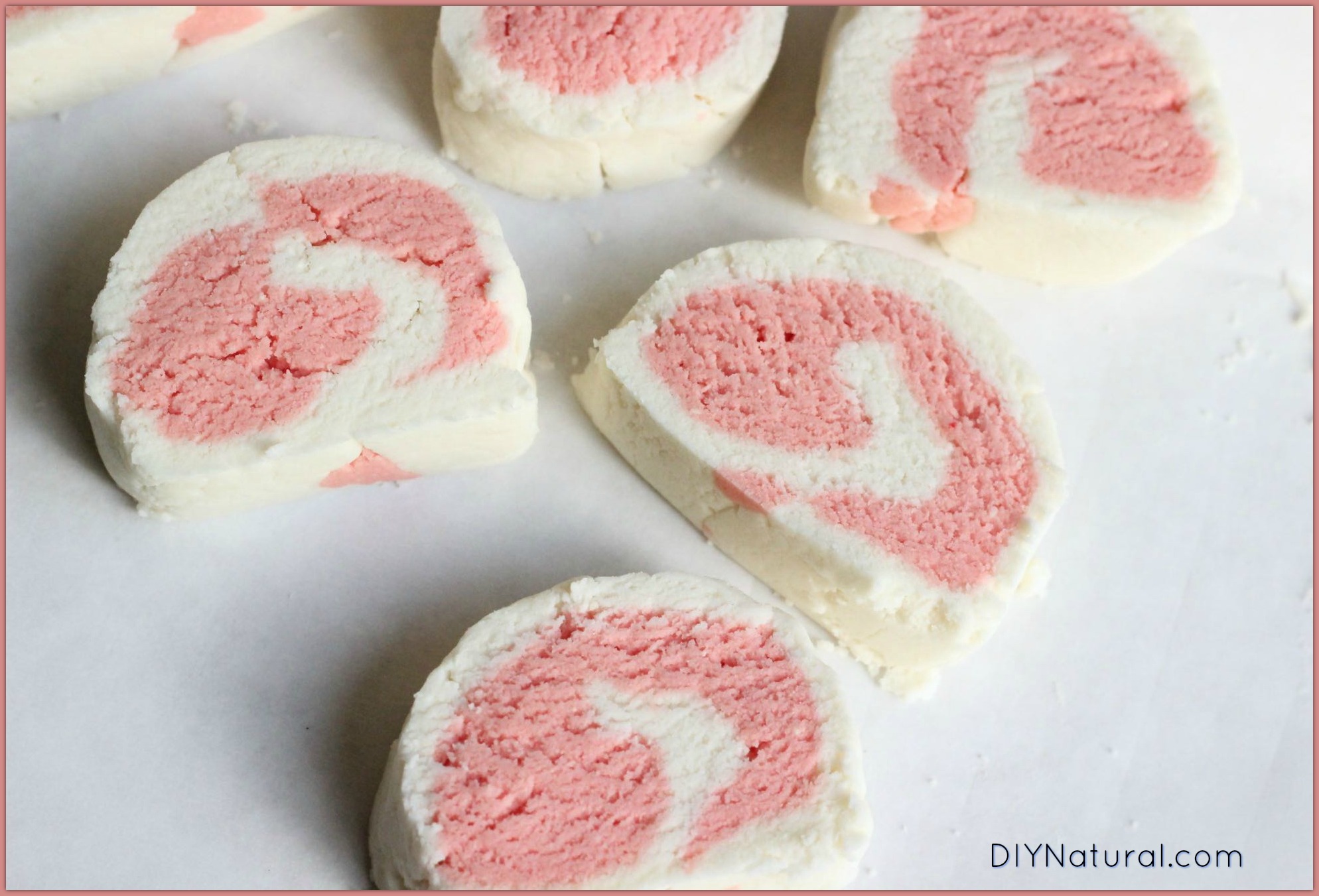
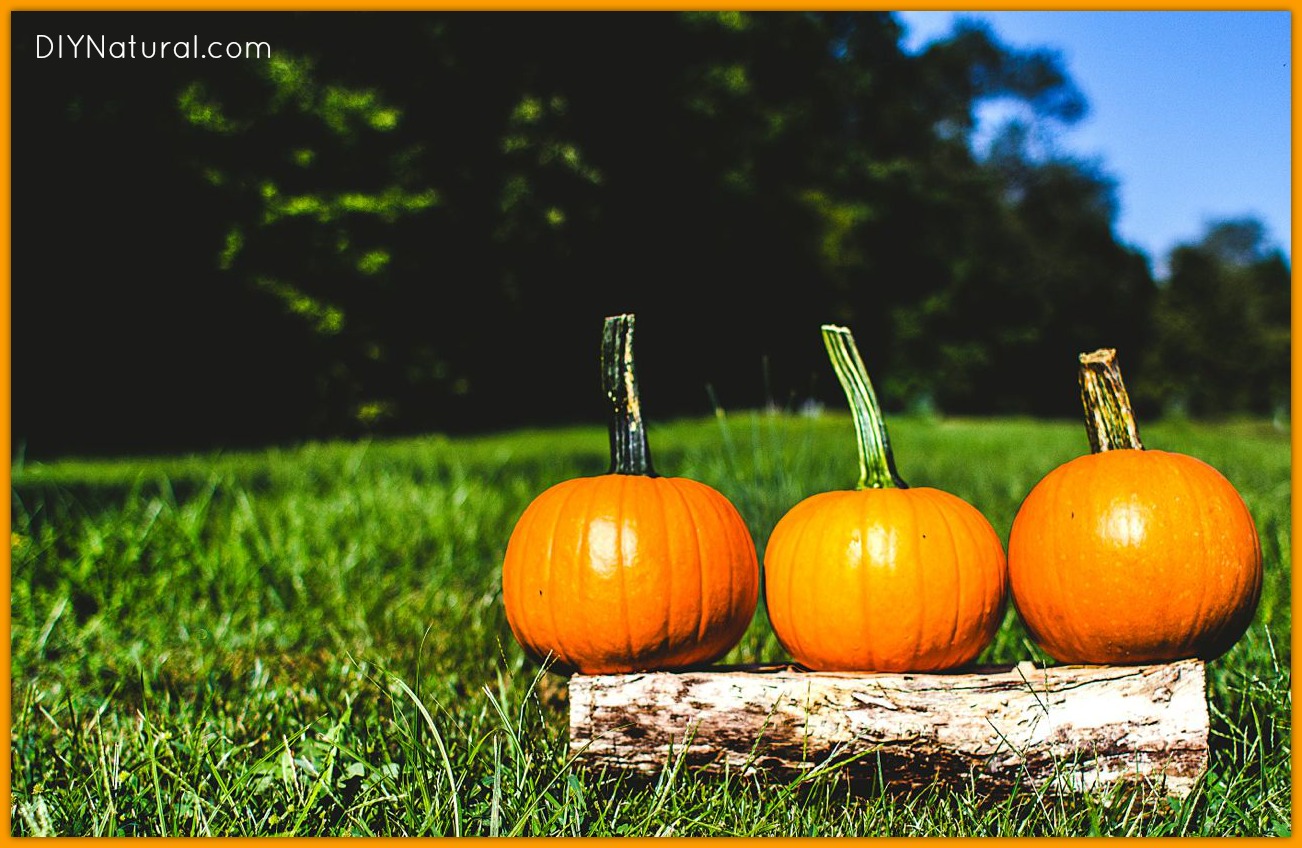
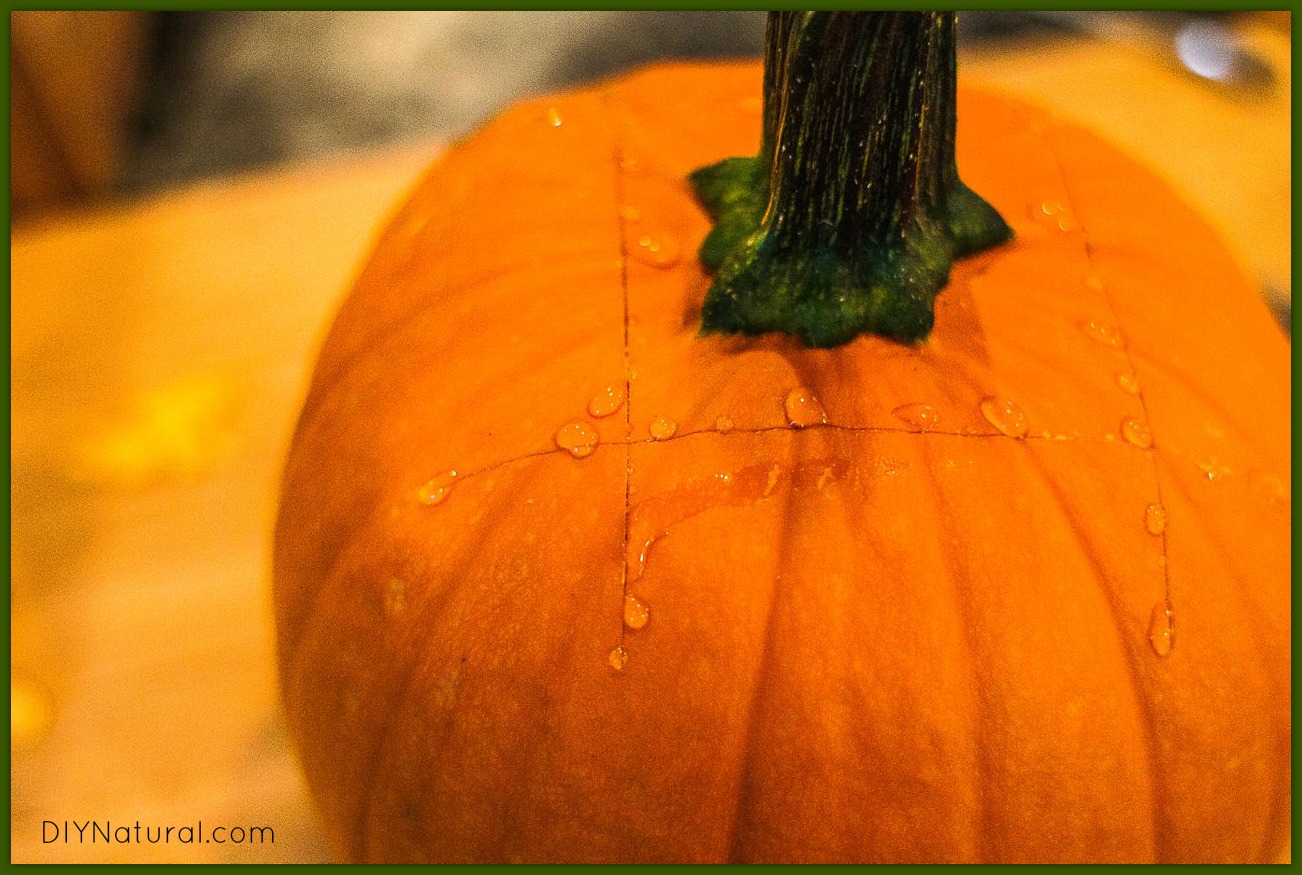
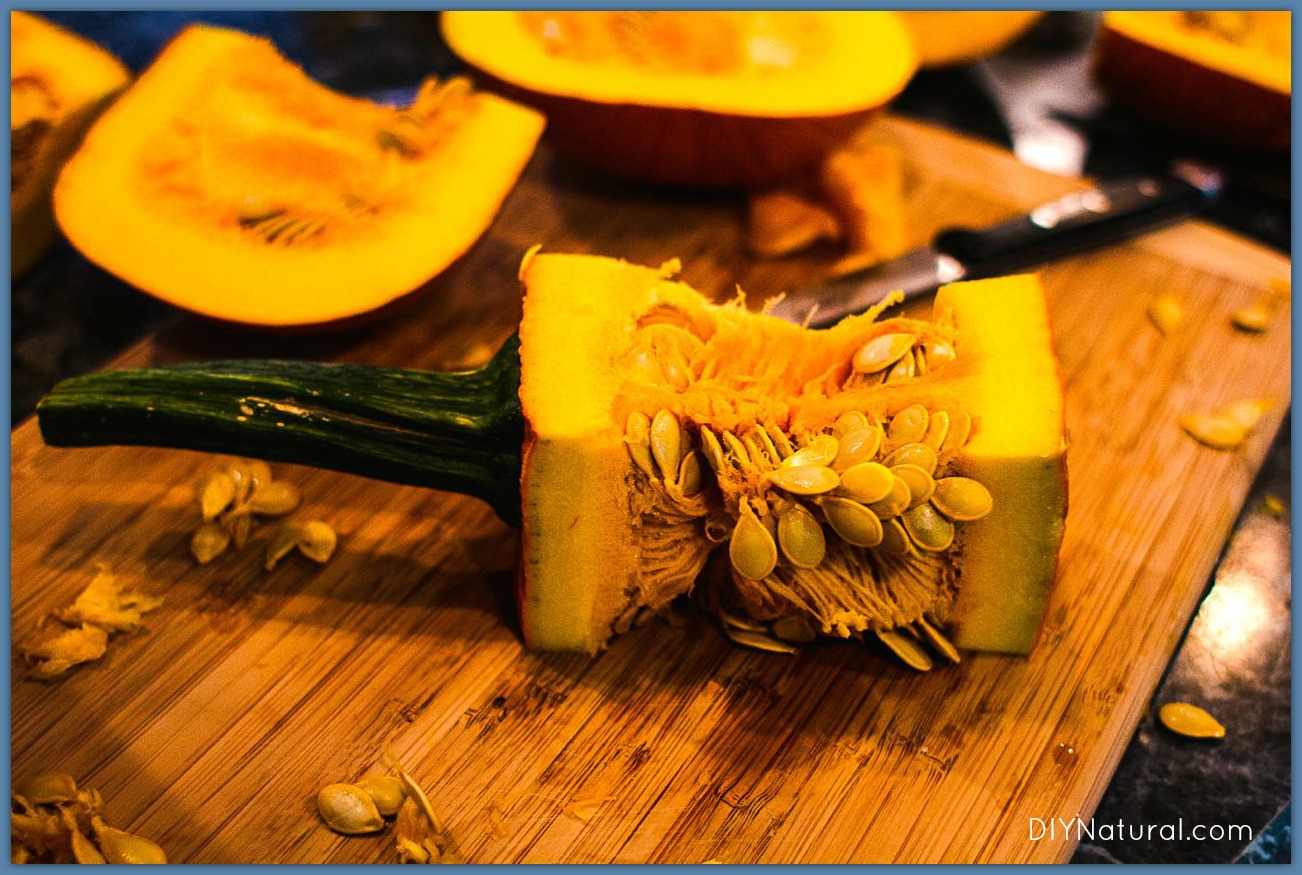
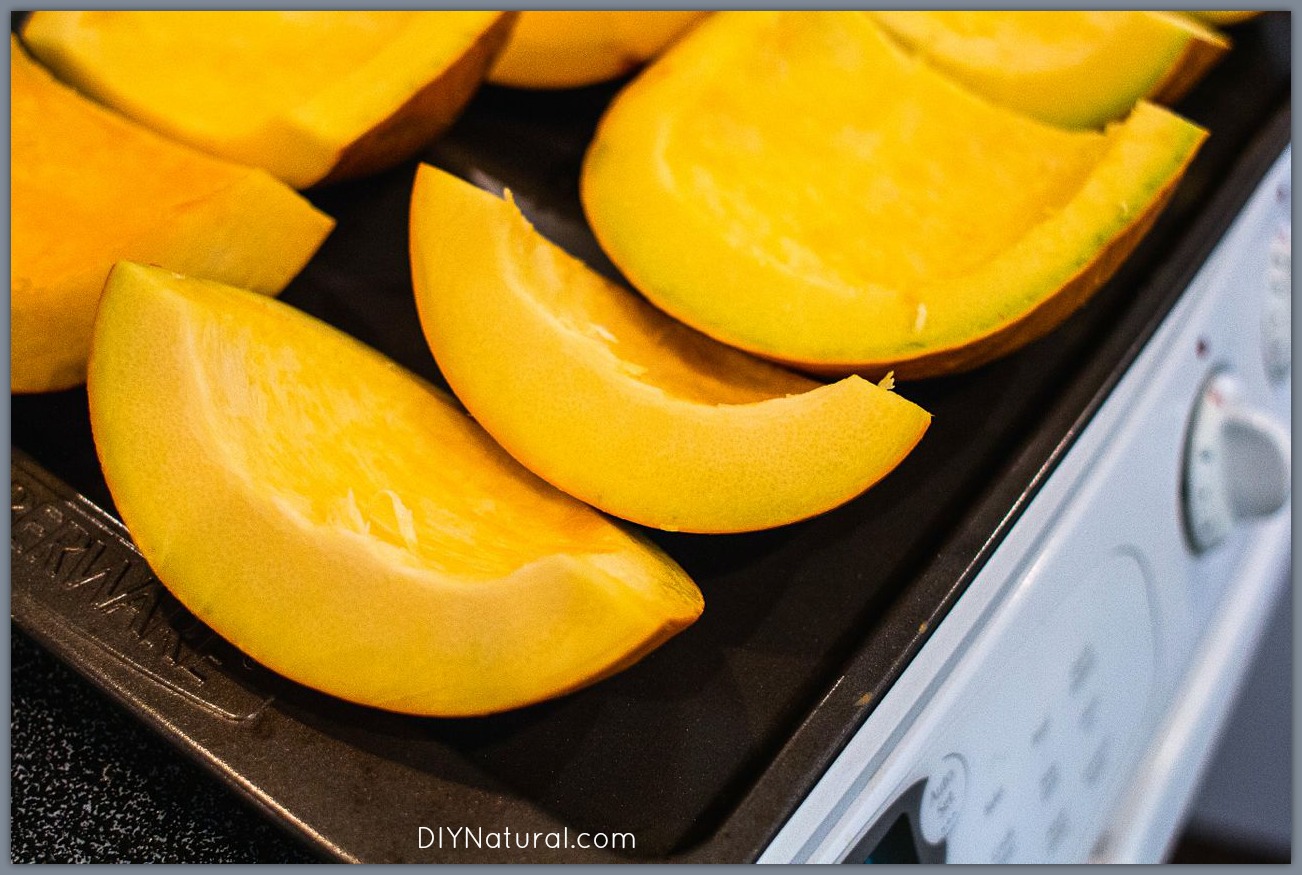
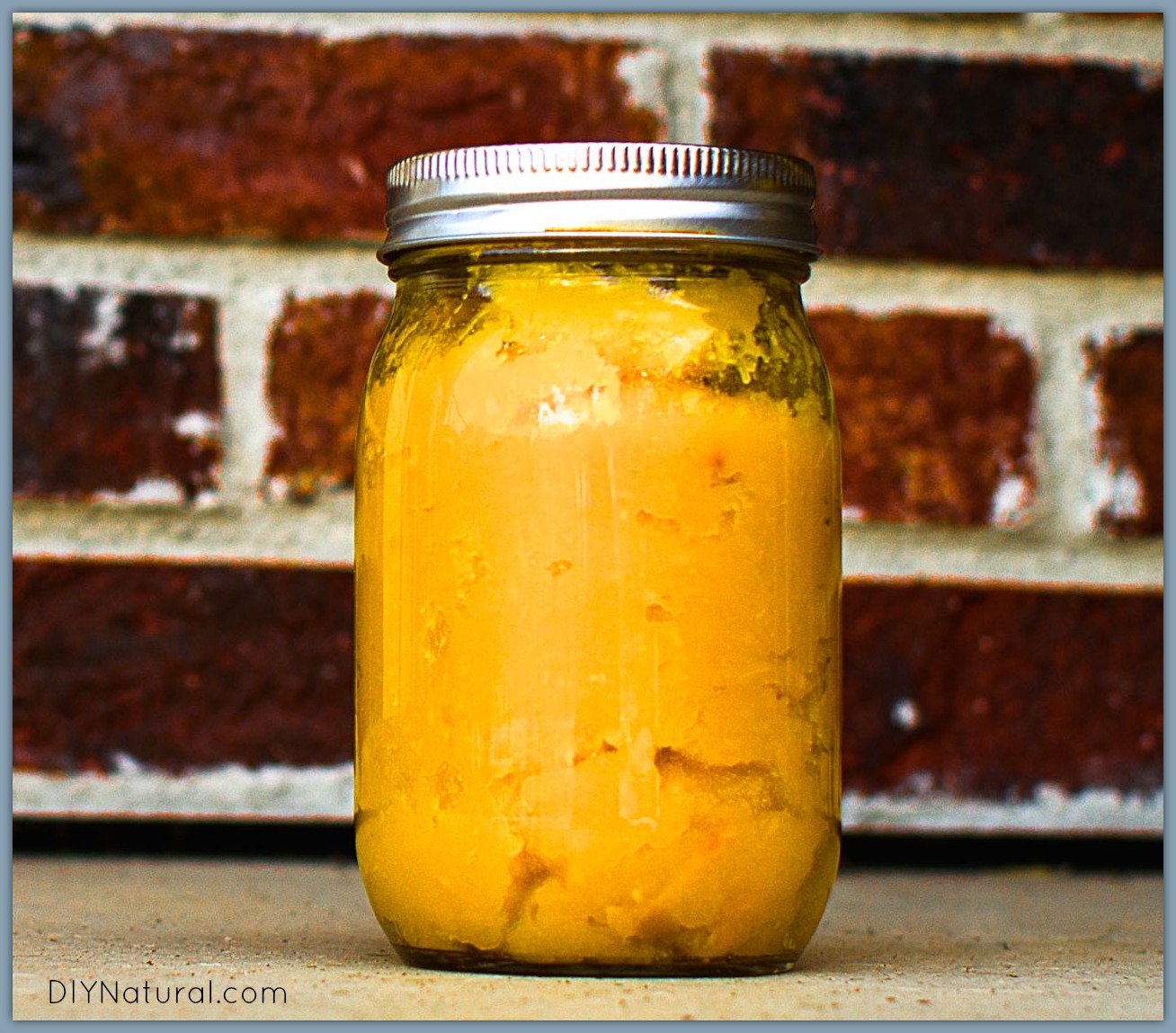
 , SoftHemp
, SoftHemp